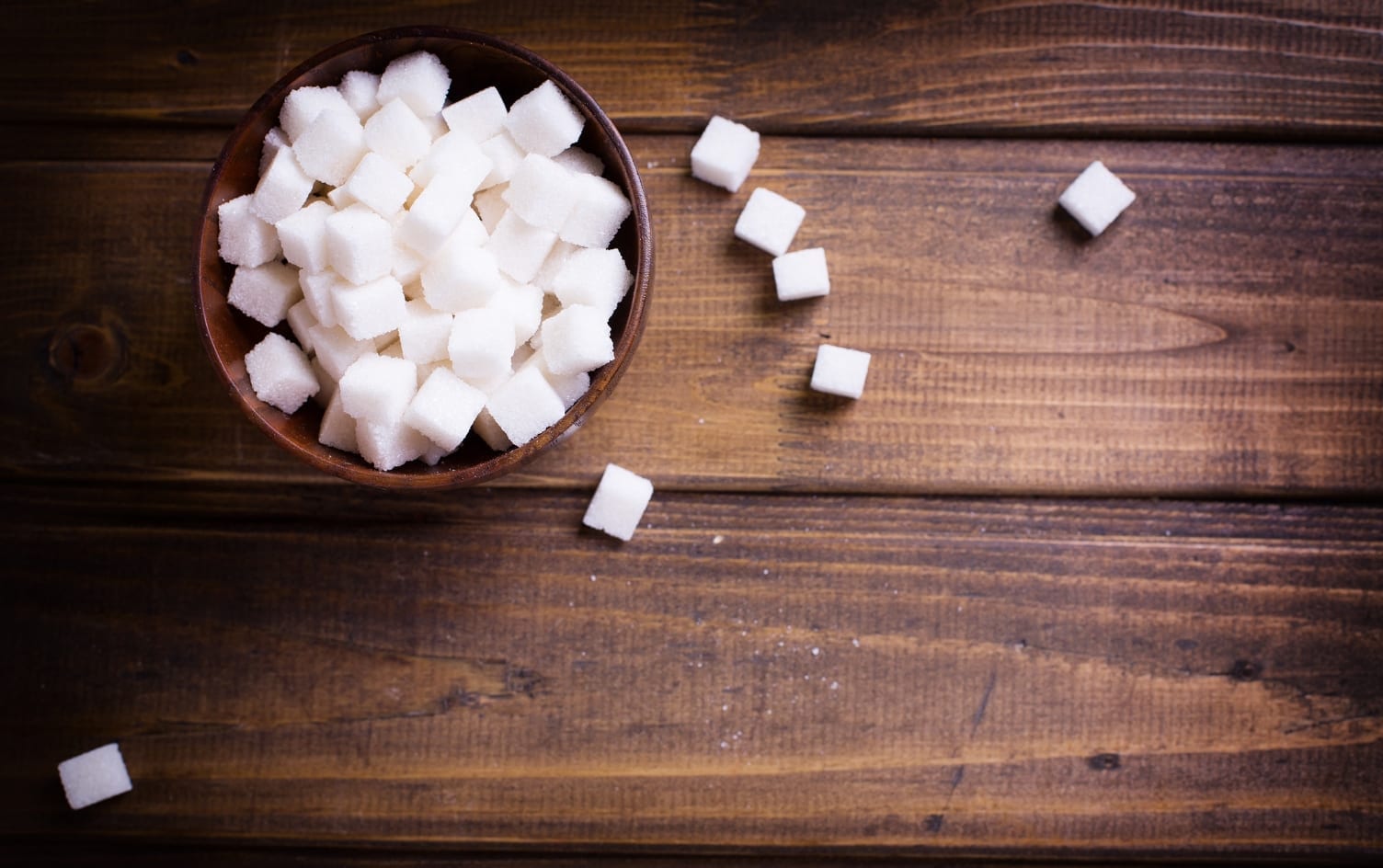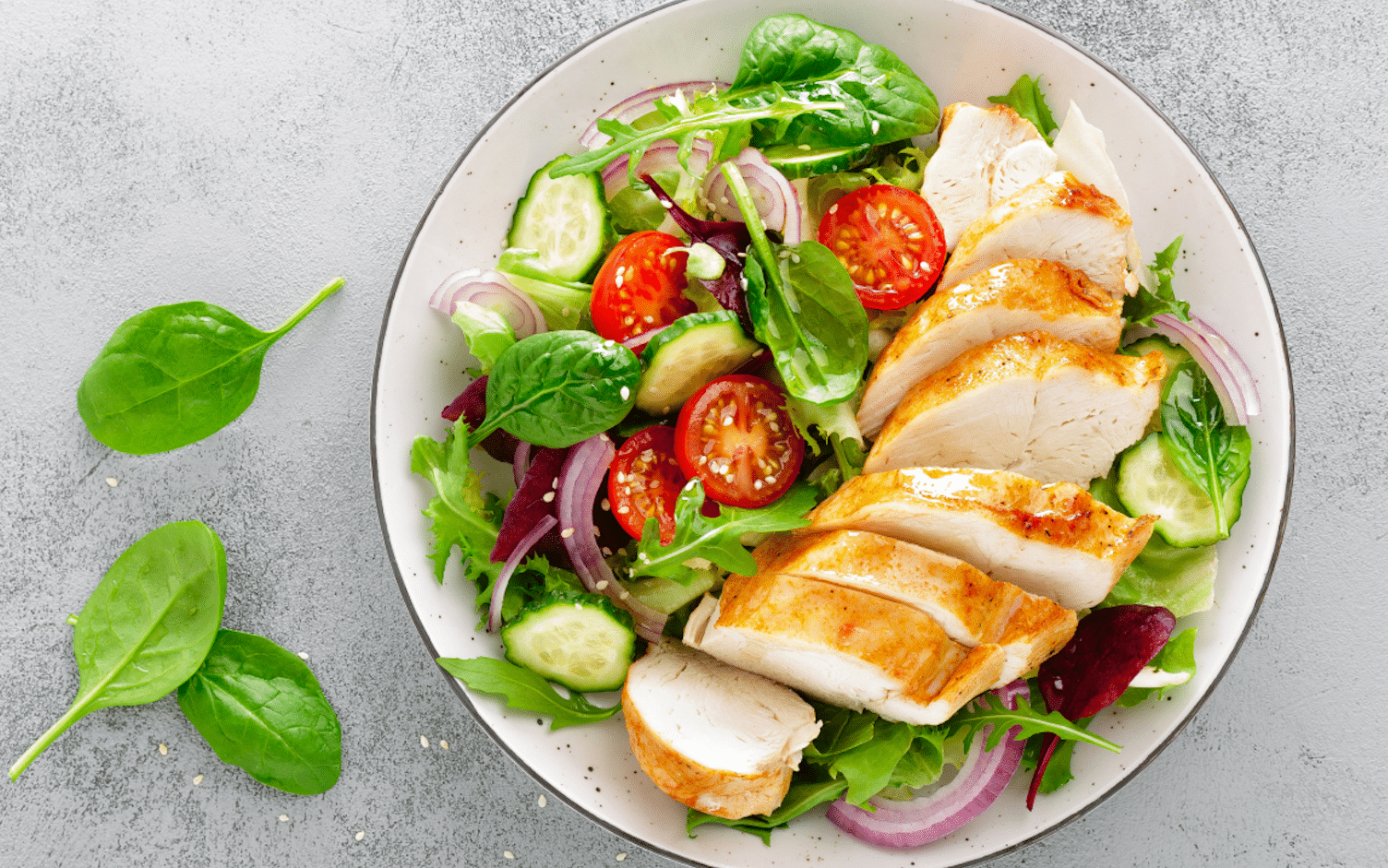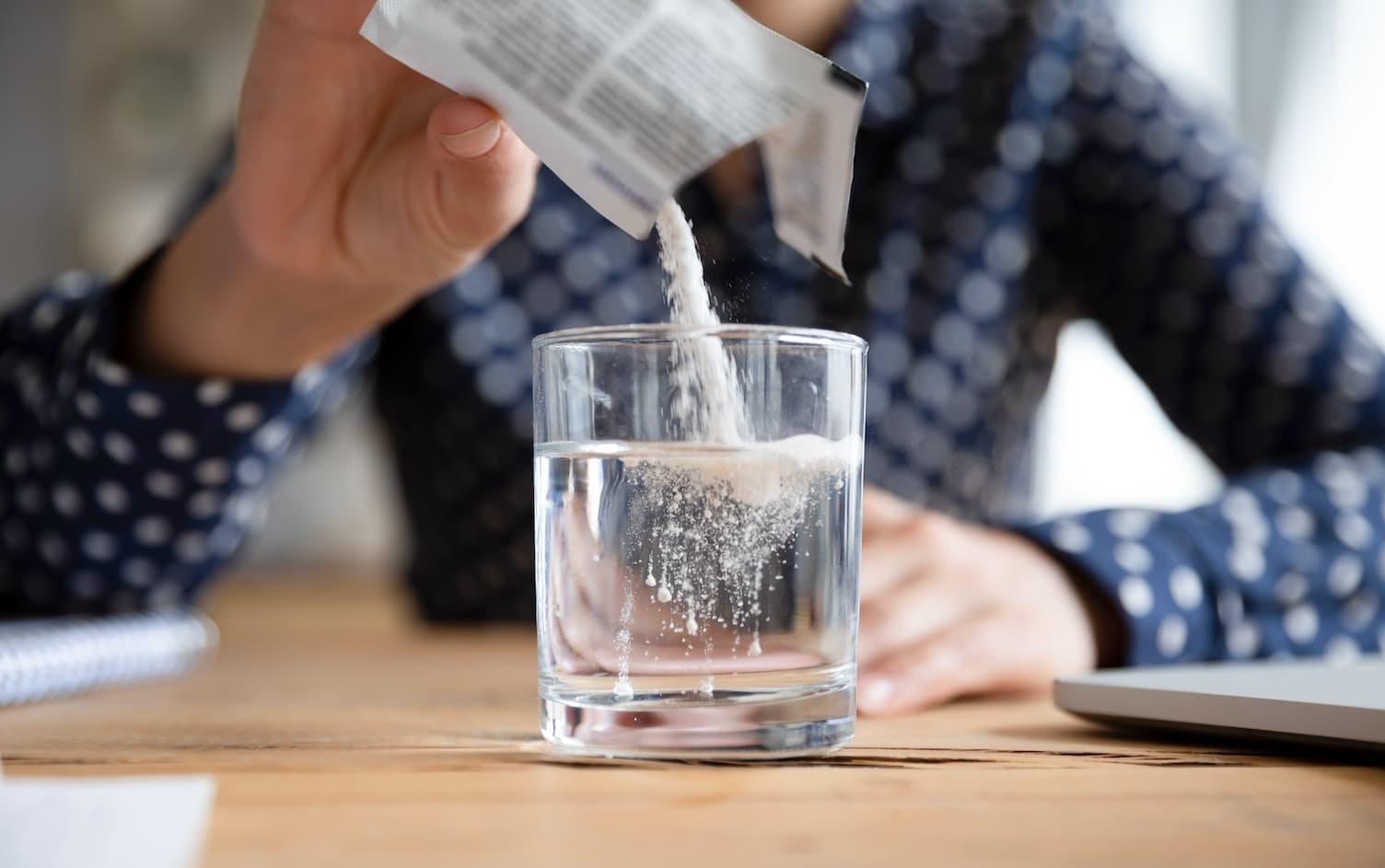I’ve heard it a million times and I’m guessing you have too … you might even be guilty of saying it yourself:
“I’m off of sugar right now”
“No sugar this week!”
“I can’t have that, there’s sugar in it”
Chances are if you gave up sugar completely, it was either short-lived or you weren’t really avoiding sugar. As a nutrition professional, I see many people say they aren’t eating sugar when their diet is actually loaded with hidden sources. These include breads, tomato sauce, fruit drinks, salad dressing, cereal and even ketchup. Sugar is typically added to these foods to create a more pleasurable eating experience.
ADDED AND NATURAL SUGAR
Beyond hidden sources, there are the obvious sources of non-nutritive sugars such as sodas and confections. The average American consumes roughly 66 pounds of added sugar each year that equates to roughly 32 grams more than the FDA’s suggested intake of 50 grams per day. The United States has the most lenient guidelines for added sugar intake, suggesting it be capped at 10% of daily calorie intake (50g based on a 2,000-calorie diet), while the World Health Organization recommends only 5% of overall intake be added sugar.
This excessive sugar intake should not be confused with food sources that supply carbohydrates in the form of natural sugars that are broken down into simple and complex forms. These whole foods such as milk, dates and bananas supply a large amount of nutrients that are beneficial to the body. Natural, simple sugars are broken down quickly for fast energy. Complex carbohydrates still supply sugar, but they are accompanied by fiber which makes them digest more slowly — ideal for general health but not the best for fast energy.
In my professional opinion, we should work to limit the amount of added, non-nutritive sugar consumed. By that, I mean skip sugary products that have little-to-no vitamins or minerals. For the average person, this is an unhealthy way to consume calories as it spikes blood glucose, disrupts moods, causes cravings, promotes energy crashes and increases weight gain without providing satiety or other nutrients. Instead of simple sugars, opt for nutrient-dense, less processed, whole-food ingredients at most meals and snacks.
SIMPLE SUGAR AND ATHLETES
Even athletes should follow this plan during their general meals, however, highly active individuals can benefit from simple sugars. Simple sugars provide a pure, fast-acting energy source necessary to fuel intense performances. Science shows well-trained athletes have an increased ability to process sugar compared to the average, non-active person.
However, this doesn’t mean athletes have a free pass to sugar load. While athletes can process simple sugars more efficiently, they are not immune to the potential adverse health effects of a diet high in non-nutritive sugars. Eating to perform well starts with eating to support well-being, which means limiting added sugar intake in the general day-to-day diet and carefully selecting foods that provide enough energy and nutrient density to keep the body in a healthy state. Once a solid general diet is established, simple sugars may benefit performance by being strategically placed before and during training sessions.
While much of this sugar can come from natural sources, like that pre-workout banana, some will have to come from added sources (sport drinks/gels/bars) to give the body the energy boost it needs. Among the many professional/elite athletes who go on trendy diets (keto, gluten-free, paleo, etc…) to assist their performance, most admit to adding simple sugar back to fuel their key workouts. This is due to the absolute knowledge that metabolically, our bodies most efficiently use glucose (sugar) as energy. Sport food was invented for a reason, to give athletes the energy to go their strongest the longest.
As an athlete, you need sugar in your diet to perform your best, but you probably don’t need as much as you’d expect. The Dietary Guidelines for Americans recommends added sugar be limited to 10% of total daily calories. While 10% may sound lenient, most adults consume much higher amounts — 10% comes to 200 calories in a standard 2,000-calorie diet. If an athlete burns 3,500 calories on a day that includes a 3-hour bike effort, they are allowed 350 calories of added sugar or 87 grams. This is roughly equal to 12 fun-size Snickers or two cans of Coke.
When limiting sugar, be sure to replace sugary foods with more nutrient-dense real foods instead of fake sugar substitutes. It will be best for performance and health to replace added sugars with natural sugars.
Here is a breakdown of what 300 added sugar calories would look like:
- 1 Clif Bar (88 added sugar calories)
- 1 slice of sprouted-grain toast with jam (45 added sugar calories)
- 2 gels (56 added sugar calories)
- 1 packet sport chews (44 added sugar calories)
12-ounce sport drink (84 added sugar calories)
This amounts to 317 calories of added sugar to support the activity and is within the recommendation of 10% for the athlete’s total caloric intake for the entire day (based on a 3,500-calorie day) and is sufficient to fuel the training. Sweet potatoes, bananas, milk and other whole foods containing natural sugars can also still be consumed.
THE BOTTOM LINE
The real trick as an athlete is to get out of the mindset of ‘I earned this treat!’ or ‘train to eat,’ which leads to consuming too many treat foods outside of exercise when they do little good for the body (Think: baked goods, candy, alcohol). Instead, focus those added sugar calories where they provide the most overall benefit (before and during your training sessions). Eliminating added sugar completely is daunting and can lead to energy crashes and unhealthy rebound binging.
Overall, athletes should get familiar with which food sources provide natural sugar, like milk and fruit, and which are added sources to stick to guidelines as much as possible. Working with a dietitian is an ideal way to learn how to clean up your diet while optimizing sugar intake to properly fuel athletic performance.




